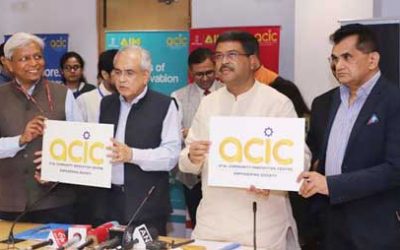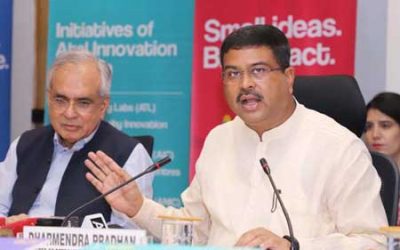Networking giant Cisco is eyeing the growing pie of customer experience as a service (CXaaS) business as it buys IMImobile, a London-based cloud communications software company, for $730 million, including debt. IMImobile provides software and services that enable businesses to connect to their clients via interactive channels, including social media, messaging, and voice.
According to Cisco, the acquisition will offer an end-to-end customer interaction management solution for customer-facing businesses. IMImobile extensively focuses on customer interaction management (CIM) through several capabilities such as automation, orchestration, and monitoring.
The purchase process will likely complete in the first quarter of 2021, subject to shareholder mandates and approval requirements. After the acquisition, the IMI Mobile team will get integrated into Cisco’s Webex Contact Center business unit, currently headed by Omar Tawakol.
Cisco’s IMI acquisition demonstrates the growing interest of technology specialists in scaling up their collaboration and communications services capabilities to meet the ever-increasing demand for real-time customer interactions. (See: Salesforce buys Slack to expand its cloud footprint, and Facebook entices creators as it eyes the online events market)
In the middle of the black swan of 2020, organizations are fast turning to cloud services like AWS, Azure, and Google Cloud. It has forced tech majors like Cisco to transform their business models to meet evolving business demands.
Effectively shifting gears
Cisco’s business started as a router company and emerged as a significant internet connectivity supplier for enterprise business in the early 2000s. About three years back, in the wake of changing IT spend forecast, the networking giant announced to restrategize its revenue focus from hardware purchases to a subscription-based model.
At that time, Cisco had set a goal of 30% of its revenue to come from software services a few years back. Cisco achieved 29% of the target in fiscal year ’20 and 31% in Q4 alone. In the fourth quarter of FY2020, Cisco reported a 9% decline in annual revenue to $12.2 billion from $13.43 billion in the year-previous quarter. For Cisco, the positive aspect is to see tremendous demand and pipeline in its biggest customers’ orders in the digital transformation space.
Since the start of the pandemic, the priority of Cisco’s customers has changed rapidly. Enterprises are looking at technologies that can give them agility, security, and more excellent resiliency. Applications have become a lifeline for business continuity, and remote-collaboration tools an essential.
Many of the businesses are keen to adopt a full-scale everything-as-a-service model, and that’s been reflected in Cisco’s software revenues as well. Today, Cisco has about 80 percent of its total software revenue from subscriptions.
Acquiring new capabilities
The focus toward working from anywhere will continue to generate a significant uptake. As a result, businesses are less likely to invest significantly in their on-premise enterprise networks. Instead, they will continue to deploy technologies that could allow them to meet the new demands of digital clients and help their distributed remote staff stay connected and productive.
Given this, the San Jose based tech-giant has recently stepped up its software and subscription offerings by investing heavily in research and development. There has been increased traction in Cisco’s Webex platform, its flagship offering in the space of remote collaboration. The company says it has over 600 million meeting participants on its Webex platform, almost doubling the pre-pandemic days, while online work was still in its infancy.
Cisco is putting substantial efforts into strengthening its Webex’s capabilities to support the growing demand for large online web conferences and virtual events. Several of this year’s acquisitions, such as Slido, IMImobile, and BabbleLabs technology, have been completed to optimize the user experience and improve the delivery of information to Webex customers in multi-cloud environments.
Another area of increasing interest in Cisco’s business remains cloud security as it has become an absolute priority for her customers in the distributed digital world. The company has achieved double-digit sales growth quarter-on-quarter from its security solutions portfolio.
In 2021, the company is expected to continue its acquisition spree, albeit of smaller companies, to strengthen its software capabilities and improve revenues. Cisco is also likely to make substantial investments in the software-defined WAN technology space as organizations rush into the 5G and Internet of Things (IoT) era and plan for a significant increase in data traffic (See: How SD-WAN and IoT can help enterprises unlock ‘smart’ ).

















0 Comments